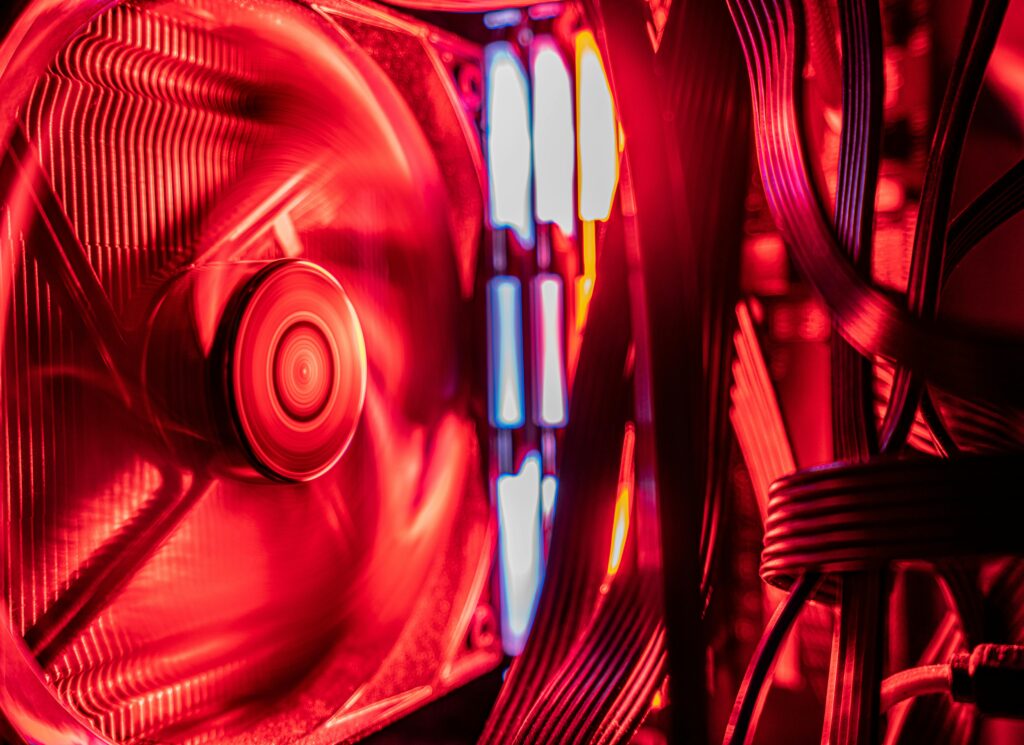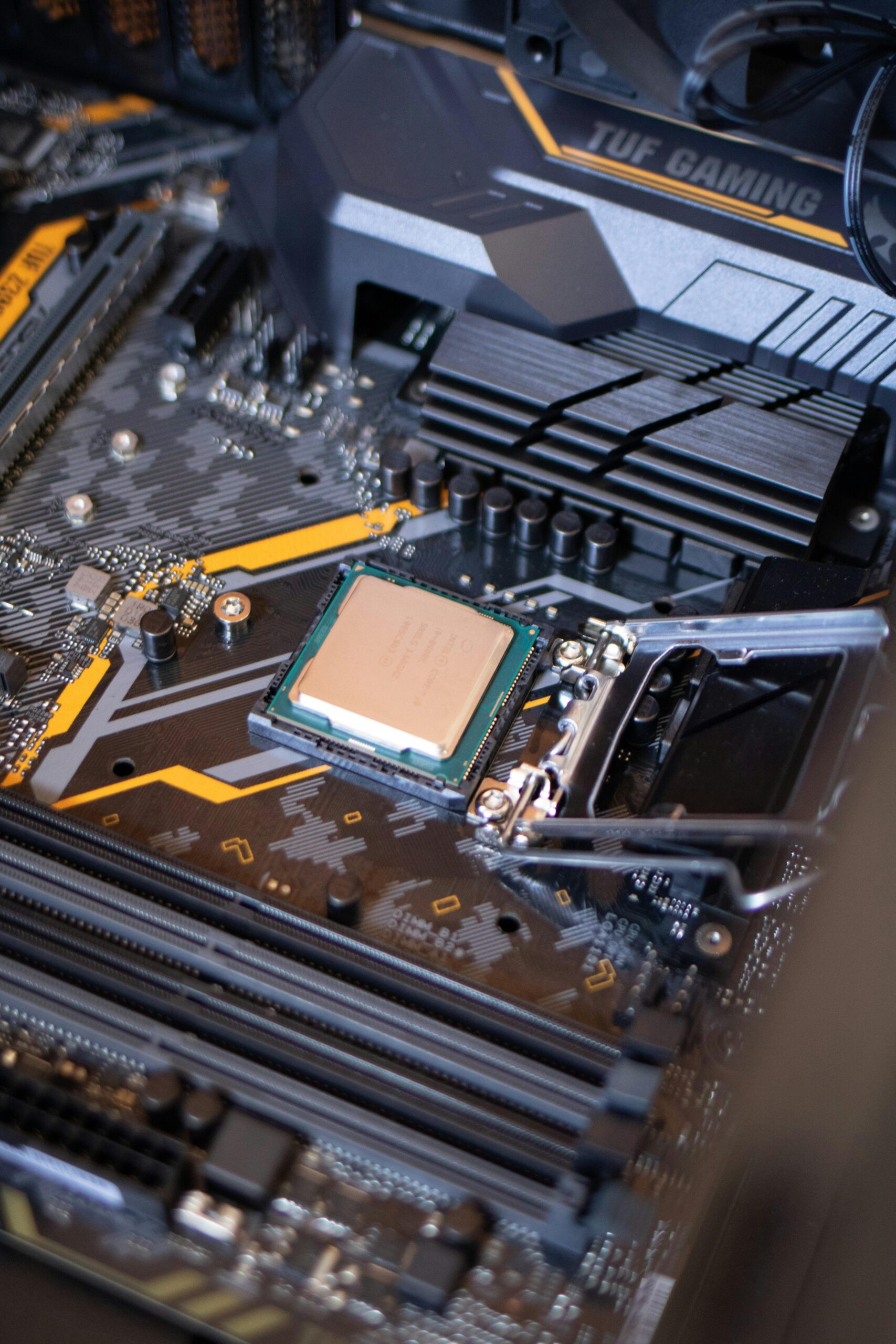Experiencing a situation where the CPU fan refuses to spin and the monitor displays nothing can be concerning. Let’s delve into the possible reasons and solutions for this issue in a straightforward manner.
Faulty Fan Connections: One common cause could be a faulty fan. To troubleshoot, start by checking the connections.
User’s Experience: A user once faced a similar problem, and replacing the power supply resolved it.
Troubleshooting Steps: Systematically troubleshoot by checking connections, cleaning components, and considering power supply issues.

Common Causes: Here are some common reasons why a CPU fan might not spin:
- Dust accumulation on the fan or heatsink
- Inadequate electrical current reaching the fan
- Mechanical failure of the fan or other components
- Faulty fan cable connection
- Broken fan header or improper fan connector placement
- Misconfiguration or outdated BIOS settings
- Malfunctioning power supply unit
- Motherboard issues
Diagnosis and Solutions: To diagnose and potentially solve the issue, users can:
- Clean the fan and heatsink
- Check fan connections
- Reset or update the BIOS
- Test alternative power supplies
- Replace the fan or motherboard if necessary
Cleaning the CPU Fan: Follow these steps to clean a CPU fan effectively:
- Power off your computer and disconnect all cables.
- Place your computer on an anti-static mat or wear an anti-static wristband.
- Open the computer case carefully.
- Use compressed air to blow away dust from the fan blades, intake, and exhaust vents. Maintain a distance of about two inches to prevent pushing dust deeper.
- Alternatively, use isopropyl alcohol (at least 90%) on a tissue or cotton swab to clean the fan blades and heatsink surface. Avoid spilling liquid on electronic components.
- Gently remove dust from the heatsink surface using a toothpick.
- Clean the remaining dust with a cotton swab moistened with isopropyl alcohol.
- Thoroughly clean the fan wires.
- Reassemble the computer and power it up once everything is dry.
Maintenance Tips: Regular maintenance reduces the likelihood of fan malfunction. Consider covering your equipment to minimize airborne dust.
By following these steps, you can troubleshoot and potentially resolve the issue of a non-spinning CPU fan and a blank monitor screen.
Dealing with a CPU fan that isn’t spinning and a blank monitor screen can be perplexing. However, with some insight and troubleshooting, we can get to the bottom of it. Here’s a breakdown of what might be causing the issue and how to address it:

Identifying the Problem:
When the CPU fan refuses to spin and the monitor stays dark, a few factors could be responsible. Let’s delve into some possible reasons:
- Faulty Fan: The fan itself might be defective, causing it to cease operation.
- Connection Issues: It’s essential to ensure all connections are secure and functioning properly.
Learning from Experience:
In one user’s encounter, swapping out the power supply unit resolved a similar predicament where the CPU fan remained still, and the screen stayed blank.
Troubleshooting Steps:
To tackle this problem effectively, follow these steps:
- Systematic Check: Approach troubleshooting methodically, inspecting connections, cleaning components, and considering power supply concerns.
Understanding Common Causes:
Several common issues can lead to a CPU fan not spinning:
- Dust Buildup: The accumulation of dust on the fan or heatsink can impede its function.
- Electrical Problems: Insufficient electrical current reaching the fan can cause it to stop spinning.
- Mechanical Failure: The fan or other hardware components might experience mechanical breakdowns.
- Connection Faults: Issues with the fan cable connections or header can disrupt operation.
- Misconfiguration: Incorrect BIOS settings or outdated configurations can lead to malfunctions.
- Power Supply Malfunction: A faulty power supply unit can affect the fan’s operation.
- Motherboard Issues: Problems with the motherboard can also contribute to the fan not spinning.
Addressing the Issue:
To diagnose and potentially resolve the problem, users can take the following actions:
- Cleaning: Remove dust from the fan and heatsink using compressed air or isopropyl alcohol.
- Connection Check: Ensure all fan connections are secure and functioning correctly.
- BIOS Update: Reset or update BIOS settings if necessary.
- Power Supply Test: Try using an alternative power supply to see if it resolves the issue.
- Replacement: If all else fails, consider replacing the fan or motherboard.
Cleaning the CPU Fan:
Here’s a step-by-step guide to effectively clean a CPU fan:
- Power Off: Shut down your computer and disconnect all cables.
- Anti-Static Precautions: Place your computer on an anti-static mat or wear an anti-static wristband to prevent damage.
- Case Opening: Open the computer case carefully following the manufacturer’s instructions.
- Dust Removal: Use compressed air to blow away dust from the fan blades, intake, and exhaust vents. Alternatively, use isopropyl alcohol and a cotton swab to clean the blades and heatsink surface.
- Detail Cleaning: Use a toothpick to gently remove the remaining dust, and then clean the surface with a cotton swab moistened with isopropyl alcohol.
- Wire Cleaning: Thoroughly clean the fan wires.
- Reassembly: Put everything back together and power up the computer once everything is dry.
Regular maintenance is key to preventing dust buildup and ensuring the proper functioning of your fans. Additionally, consider covering your equipment to minimize airborne dust in your workspace.

